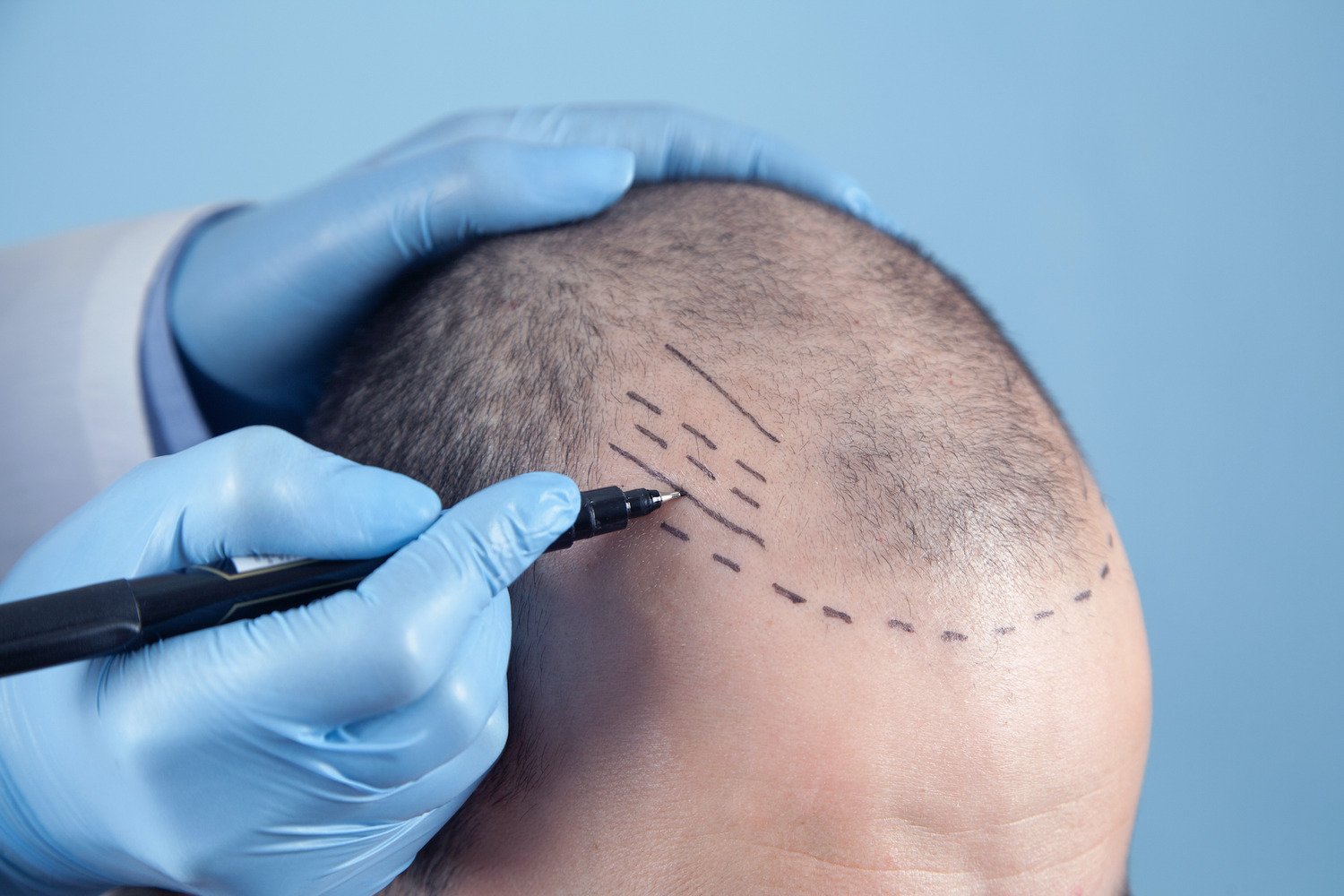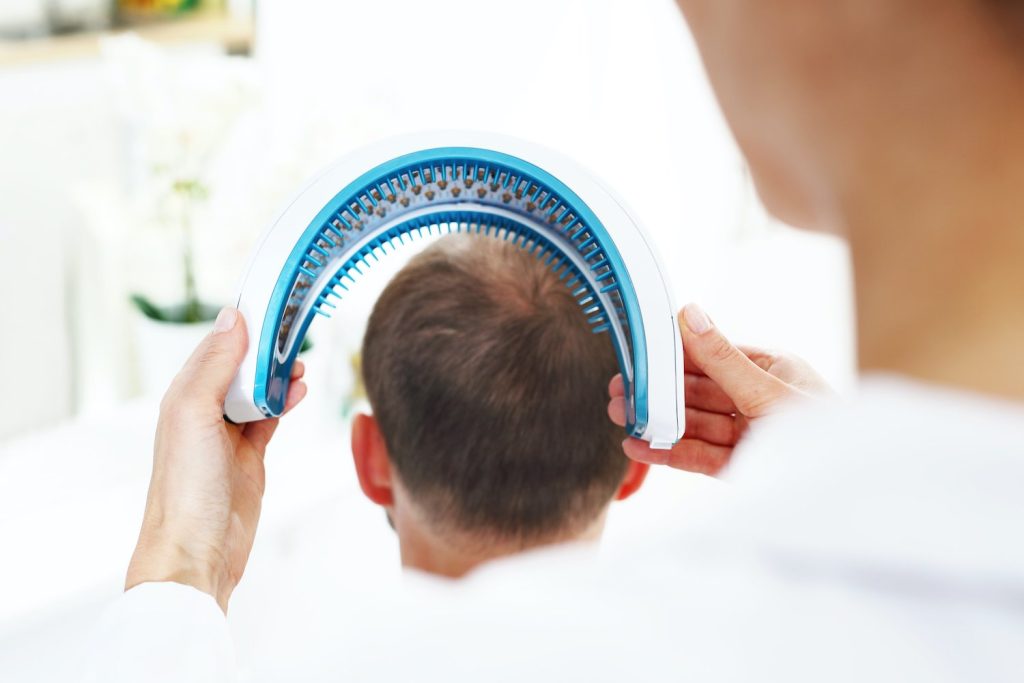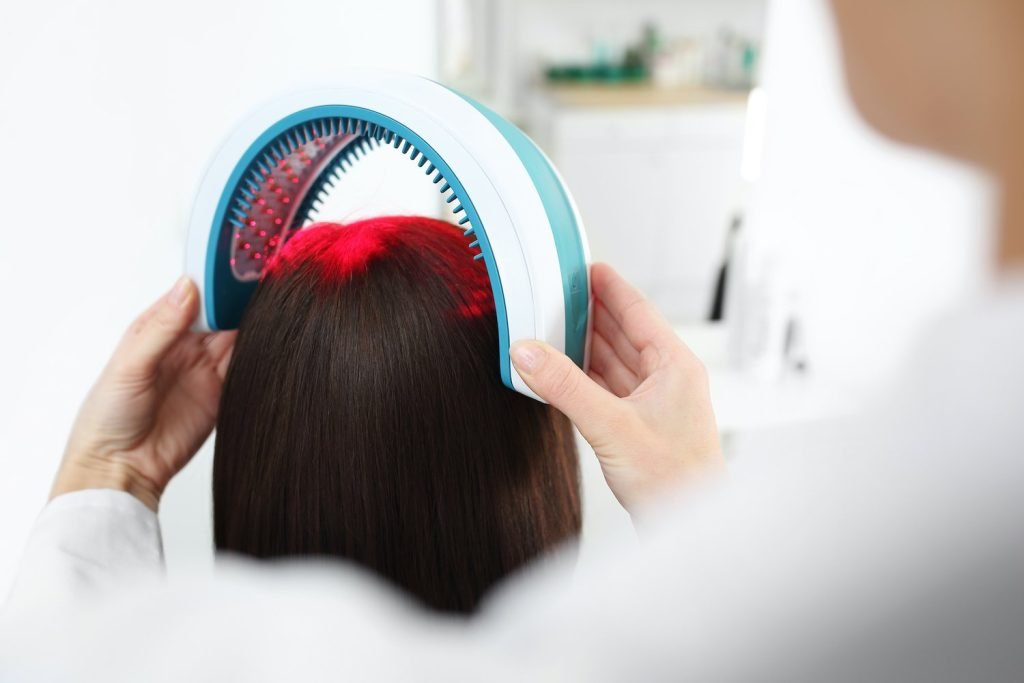- Hairline Clinic - Hair Loss Treatment in Akron and Cleveland Ohio - Schedule FREE Consultation
- 330.633.5225
- CONTACT US
Learn How To Choose a Hair Transplant Doctor

Hair transplant surgery, while a cosmetic hair loss solution, is serious business – and needs to be performed by qualified, licensed, and experienced medical doctors.
According to the American Society of Plastic Surgeons, about 18,750 people underwent hair transplant surgery in the year 2020. That might be an underestimation of the total, as it was the first year of the COVID-19 pandemic, and hair transplantation surgery can also be performed by non-plastic surgeons, who are not counted in the ASPS tally. The other board-certified professionals who can do hair restoration surgery are dermatologists, otolaryngologists (ear, nose, and throat specialists), general surgeons, and oral and maxillofacial surgeons.
Clearly, hair transplantation has its fans. This is due in part to refinement of the techniques for moving hair from one part of the body (where it will not be missed), to the scalp. Very often, the newer (since the early 2000s) techniques used are FUE (follicular unit extraction) and FUT (follicular unit transplantation).
So which of these types of medical professionals is the best choice? How does someone experiencing hair loss make sure they are getting the best care for something that is important to their health and outlook?
The type of medical specialist might matter less than things such as experience and breadth of skills. For example, it’s one thing to move a hair follicle from, say, the back to the scalp. It’s something altogether different to have the aesthetic sense of placing the transplanted hairs on the scalp that create natural patterns and complement the bone structure of the patient.
This is why it is smart to prioritize the following criteria in choosing a hair transplant doctor:
Demonstrated knowledge and experience in hair transplant techniques. In addition to knowing how to do the surgical procedure itself, the hair transplant surgeon should also have a good understanding of medical causes of hair loss, the different types of loss, and how hair grows.
Aesthetic capabilities. The goal of hair transplantation is to improve the patient’s appearance. Therefore the surgeon needs to be a designer, understanding what the hairline should look like, where it should be placed, and how it complements the patient’s age, gender, and facial features.
Hand-eye precision and dexterity. While robotics are now being employed in many clinics, the traditional method of surgery involves tedious but essential skills using tiny instruments to perform intricate maneuvers.
Unqualified hair transplant practitioners sometimes are involved
According to the International Society of Hair Restoration Surgery (ISHRS), some hair restoration clinics will use unlicensed technicians to perform “substantial aspects of hair restoration surgery.” The organization warns that only licensed and properly trained physicians do preoperative diagnostic evaluations and consultations, plan the surgery, design the surgery, harvest the hair, and manage all medical issues post-surgery.
In some clinics, some of these functions are managed instead by unqualified individuals (note: a nurse practitioner or physician assistant is qualified to do hair transplant surgery in most states). A qualified practitioner can employ nurses and others with lesser qualifications in the process for some functions, such as separating harvested follicles in the intermediate step before the transplant is completed.
We provide state-of-the-art hair transplant surgery for men and women at our hair loss treatment clinics in Cleveland and Akron Ohio.
If you are suffering from hair loss, we provide the most experienced hair transplant surgeons and advanced state-of-the-art hair restoration surgery to men and women in Cleveland and Akron, OH. Schedule a FREE confidential consultation and evaluation at our Akron Hair Loss Treatment Clinic or our Cleveland Hair Loss Treatment Clinic by calling 330.633.5225 today!
Hair Loss Treatments
Men's Hair Loss Solutions
Women's Hair Loss Solutions
Men's Hair Loss Solutions
Ready for change? Call our hair loss experts at (330) 633-5225 to schedule a FREE appointment.
HairLine Clinic is an industry leader providing individualized hair loss treatments to men and women experiencing hair loss in Akron and Cleveland, Ohio.










